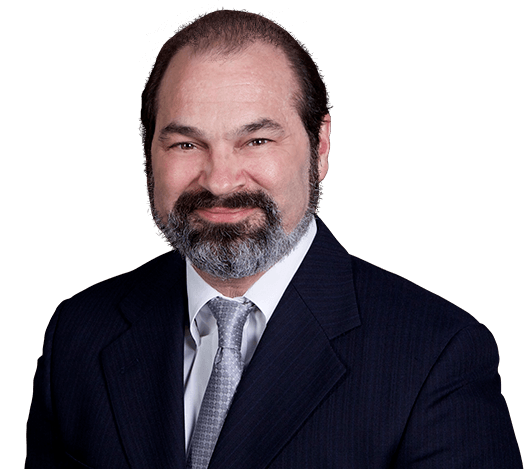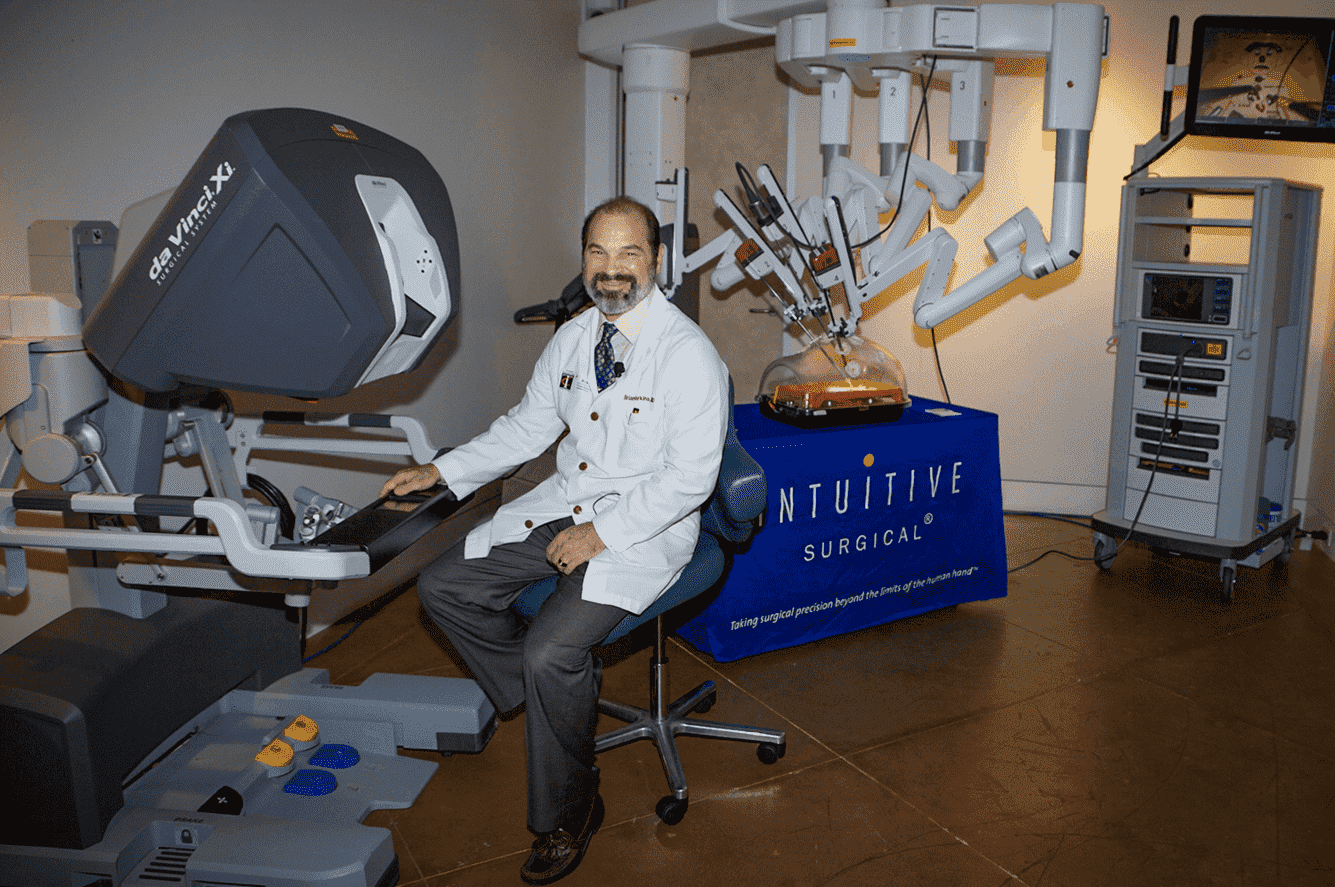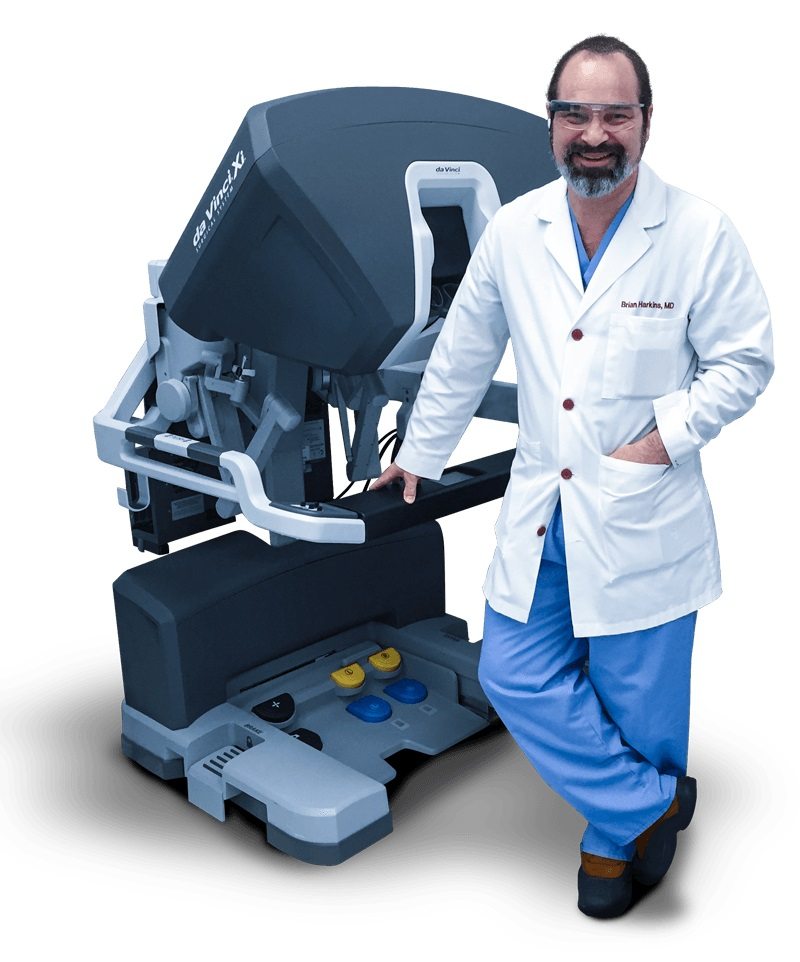Dr Brian Harkins Robotic Hiatal Hernia Repair
Understanding the Evolution to Robotic Hernia Surgery
Throughout history, hernias have been a consistent medical conundrum, resulting from an organ or tissue slipping through a delicate spot within the body's musculature or connective framework. Time-honored remedies, while potent, commonly entail invasive interventions and long periods of recuperation. The medical domain's ceaseless evolution has given rise to robotic hernia surgery, an avant-garde method that professionals like Dr. Brian Harkins ardently support. By leveraging the peerless exactness and malleability of robotic devices, this strategy proposes an innovative avenue for hernia remediation.


